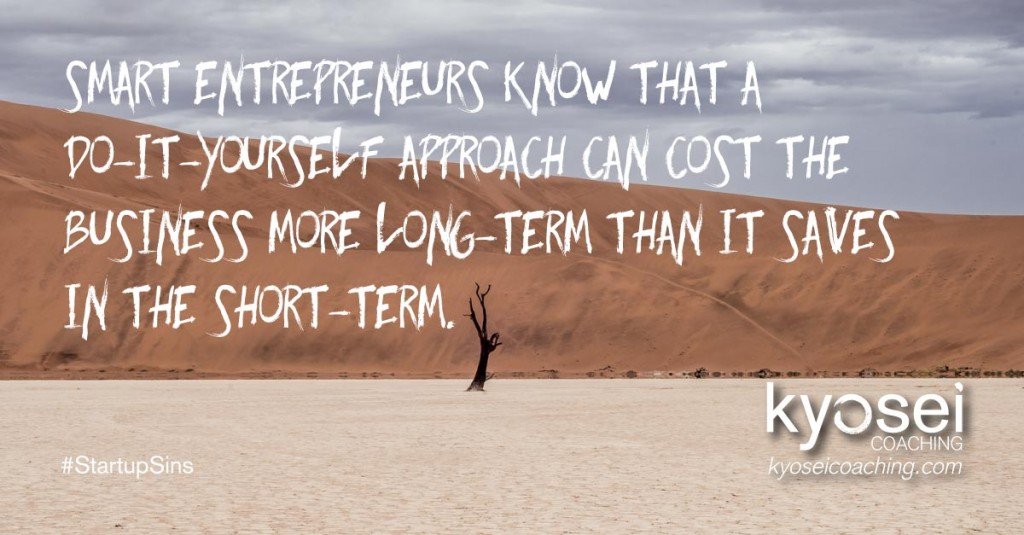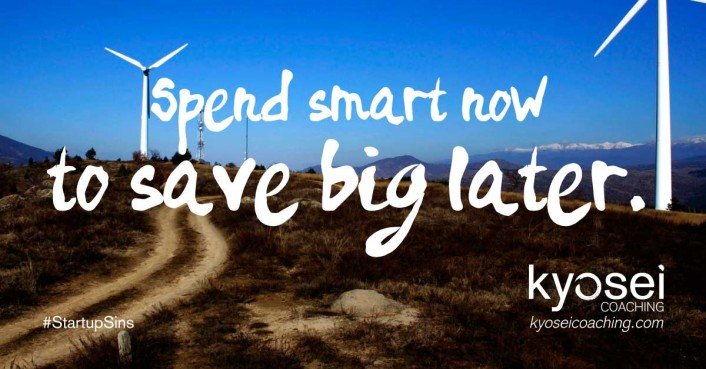Smart Entrepreneurs Don’t Fixate on Frugality
Smart entrepreneurs know how dangerous it can be to overspend in the early years of your business. There are times, however, when you need to spend money to do things right. These are usually the times when spending enough money in the beginning means saving a lot down the road.
Fear is the underlying driver of being too frugal. When you are uncertain whether you are making the right decision, it is natural (and often wise) to be cautious in spending money until you know you will see a return on that investment. But if you are starting a business, smart entrepreneurs must plan to spend some money. Unnecessary spending should be avoided, but an overzealous dedication to frugality can hurt your startup too.
Don’t get us wrong. With the abundance of free and cheap tools out there these days (free websites, free advertising on the Internet via social media, free alternatives to proprietary software), it is easier than ever to start a business without breaking the bank. Eventually, however, to grow your business you will need to expand beyond the do-it-yourself bootstrap approach in key areas and invest in professional help (not the psychiatric kind).
This might come in the form of a new hire with complementary skills, a shiny new website built by a professional team, a subscription to the enterprise version of your favourite online tool, or coaching and consulting with a business expert. Entrepreneurs that are so committed to “doing it themselves” that refuse to buy outside help may find that they aren’t able to advance their company due to a lack of skills, time, energy, perspective or, likely, all four.

One entrepreneur we know had a great idea for a product, and had started down the road of having it custom designed and manufactured. She came to us for an opinion on the logo that was going to be embossed onto the packaging for each of these products.
There isn’t really a nice way to say this, but you could tell she only spent $400 on a logo. We advised her that if her whole business was being built around this one product and she hoped to wholesale it to large companies like Whole Foods, Lululemon, Chapters and Starbucks, the visual brand identity needed to be on par with companies at that level.
A second rebrand and packaging design cost her over $10,000, but she quickly discovered that it was the right move. It helped to create an instant positive impact for potential bulk buyers and generated almost immediate sales. While she continues to be frugal in some areas of her business, updating her packaging is something that she invests in regularly as she knows it is key to her continued success. If she had retained her unwavering commitment to DIY frugality (and cheap providers), the product wouldn’t have gotten anywhere — and she might never have known why.

